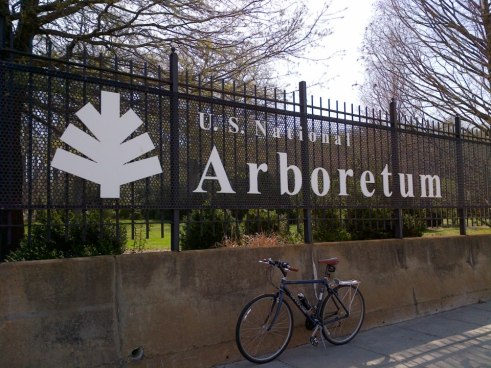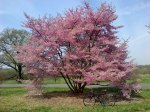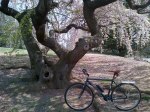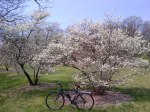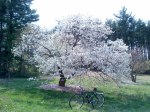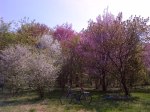
OBX Bicycle, Kill Devil Hills, NC
I first started going to the Outer Banks of North Carolina with a group of college friends in the 80’s. Then my Mom started a tradition of holding family reunions there for me and my five siblings, and our families. I went there every year for decades. But I had not been back since my Mom passed away, until last week that is. Last week my family joined my brothers and sisters and their spouses, and their children and their children’s spouses, and their children’s children, and spent the week on the Outer Banks.
It was a fantastic week of family, food and fun. Unfortunately, due to a combination of a full schedule of activities and extreme heat advisories issued by the National Weather Service, I was not able to get in as much bike riding as I had originally hoped. On the days when it was possible I enjoyed riding a beach cruiser (although it took some time to get used to using coaster brakes again). I even stopped by one of my favorite local bike shops on the Outer Banks, OBX Bicycle.
Although I was not able to ride as much as I would have liked on this trip, I have another trip planned which will consist almost entirely of riding. When I retire I plan to go long-distance bike touring in several areas around the country, including the Outer Banks. And depending on how those tours go, I may go on a bike tour across the country.
In fact, I have already researched, developed plans for, and mapped out my bike tour of the Outer Banks. It begins at the northernmost lighthouse in Corolla, and goes south through the barrier islands before circling back through the coastal plains and returning to where it began. The tour will include all of the lighthouses along the scenic coast, as well as historic sites, national memorials, state parks, marshlands, wildlife refuges, estuarine reserves and national forests. It will also include some of the best restaurants and breweries in the country.
To find out more about my plans for bike touring on the Outer Banks before I go, click here. To find out about it as it happens, just keep reading this blog.




































































